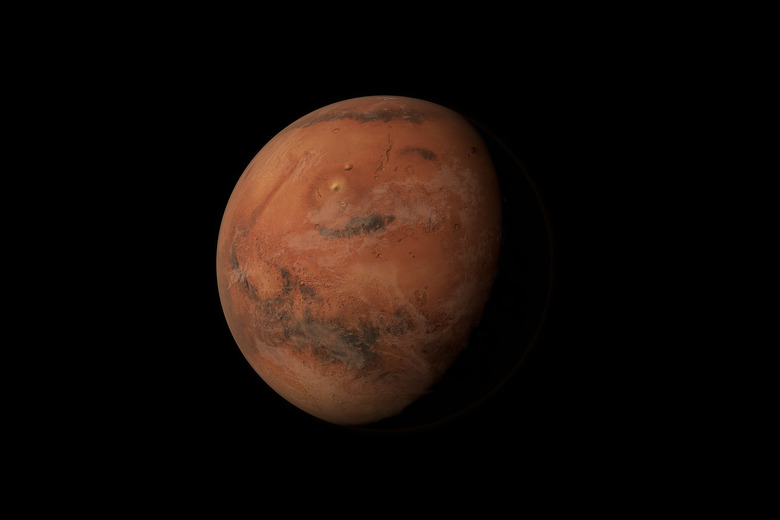What Will The First Cities On Mars Look Like?
From clear domes to artificial forests, researchers and inventors have come up with a variety of possible designs for the first cities on Mars. Although humanity is still far from the construction phase, this has not stopped people from trying to create plans for a city on the dry planet. Despite the variations, many of the designs have similar features.
Geodesic Domes
Geodesic Domes
One of the most popular ideas for a future city on Mars is a geodesic dome. Typically based on a geodesic polyhedron, this type of dome tends to be rigid. A team of six scientists tested this design by living in a plastic dome in a remote and arid part of Hawaii. The experiment, called the Hawaii Space Exploration Analog and Simulation (HI-SEAS), took place near the Mauna Loa volcano. The dome had separate sleeping quarters and common areas.
Most of the proposed designs for Mars include domes on the surface. However, many are not clear because glass does not provide enough protection from the radiation on that planet. Some of the plans include making the domes out of white, opaque materials or covering them with dirt and rocks for protection.
Artificial Forests
Artificial Forests
Since Mars resembles a dusty desert, natural forests are not an option. Instead, the first cities may resemble artificial forests. The "Redwood Forest" design from MIT won first place in architecture in a Mars city design contest. The tree habitats would live inside domes on the surface and have tunnels under them. The forest provides residents with private spaces in the tunnels beneath the surface, which protect them from the heat and radiation.
Other Designs
Other Designs
Some of the ideas for the first cities on Mars include underground designs. From deep tunnels to intricate caves, inventors believe that these habitats may be easier to construct and maintain on the planet. It is also possible that the first cities will be simple space capsules with movable walls that inhabitants can use to modify the interior. The first inhabitants may reuse their spaceships until they can create better environments.
Colonists on Mars will face multiple challenges, and the design of the first cities will have a tremendous impact on their success or failure. Their habitats will require finding a balance between public and private spaces while protecting them from the harsh environment. It is possible that the cities will evolve over time, similar to construction changes on Earth, so the first ones may not resemble how future colonists will live.
Cite This Article
MLA
Bandoim, Lana. "What Will The First Cities On Mars Look Like?" sciencing.com, https://www.sciencing.com/what-will-the-first-cities-on-mars-look-like-13711518/. 25 April 2018.
APA
Bandoim, Lana. (2018, April 25). What Will The First Cities On Mars Look Like?. sciencing.com. Retrieved from https://www.sciencing.com/what-will-the-first-cities-on-mars-look-like-13711518/
Chicago
Bandoim, Lana. What Will The First Cities On Mars Look Like? last modified March 24, 2022. https://www.sciencing.com/what-will-the-first-cities-on-mars-look-like-13711518/
